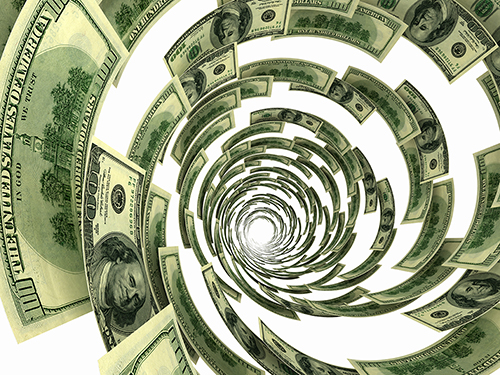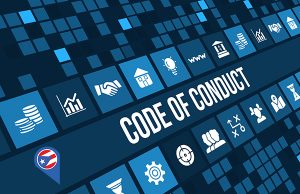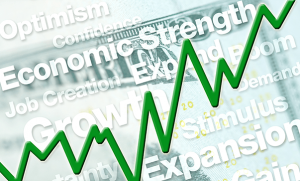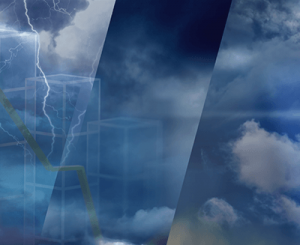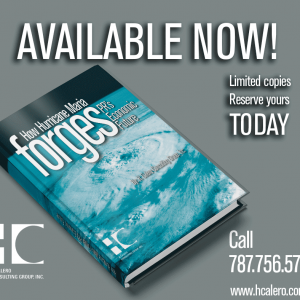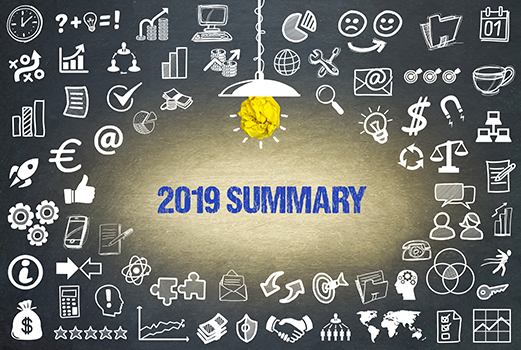
12/2019: Economic Events That Defined 2019
Puerto Rico’s economy facing new realities and challenges
Albeit several positives were observed in 2019, such as the first fruits of the debt restructuring process, it was also a year marked by lack of progress in getting the economy back on track. Once the tail winds from the post Hurricane Maria rebound fizzled, economic activity hit negative territory once again. To make matters more worrisome, there was no significant private sector investment through Opportunity Zones (OZ), key structural reforms remained incomplete while others, such as the pensions system, may yet bring about a severe backlash. This year also saw the formal confirmation of everyone’s worst fears—that US funds for reconstruction will be significantly less than expected at first (around $30 bn less), which, unfortunately, altogether, does not bode well for us in 2020. The economy needs to grow soon, or the assumptions made in negotiating with bondholders may have to be revisited. Something everyone will want to avoid.

